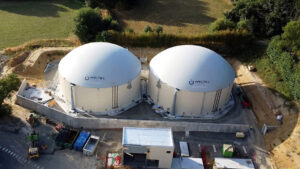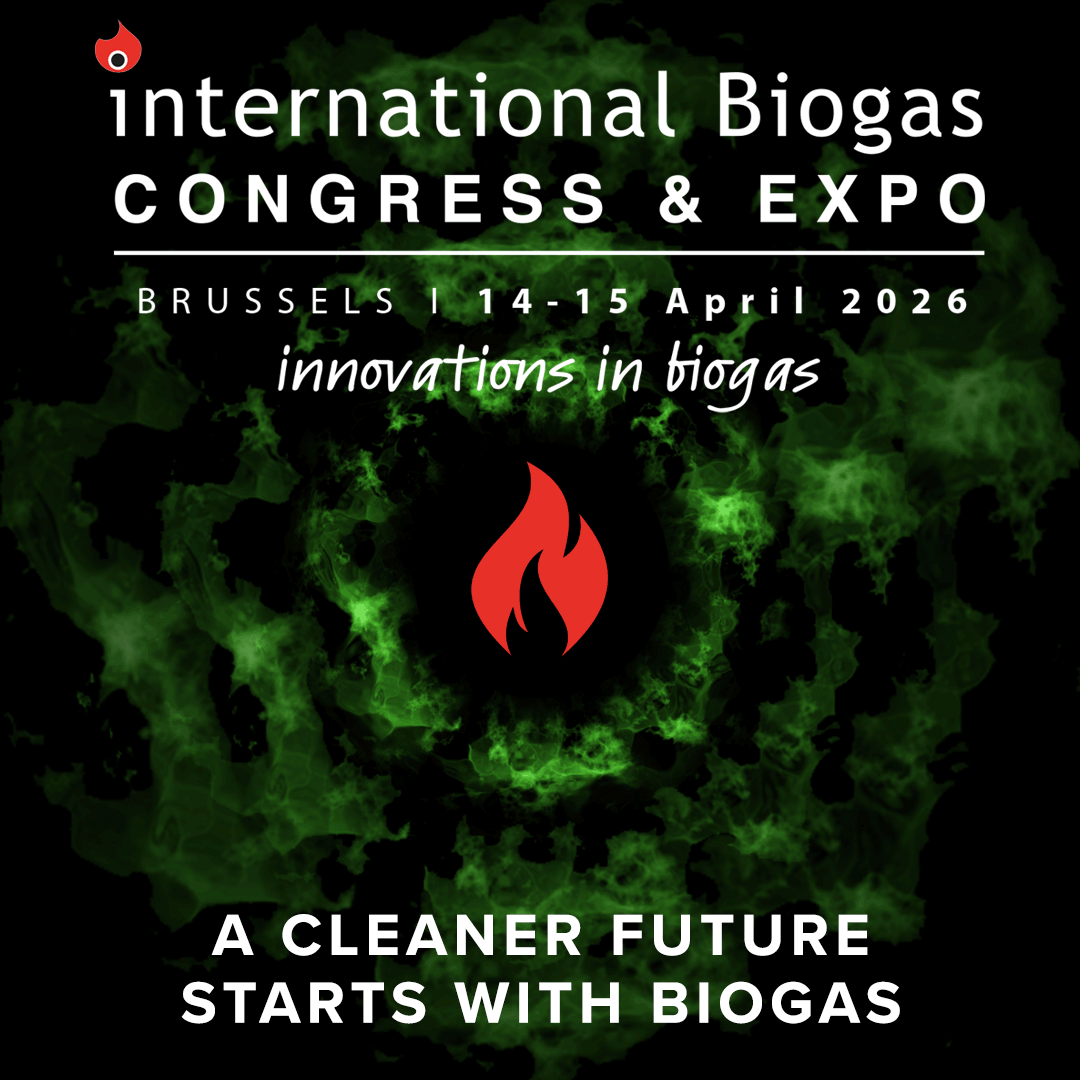WELTEC BIOPOWER to build biomethane plant for French beef producer

The facility, located near Elivia’s slaughterhouse in Le Lion-d'Angers, Pays de la Loire, is scheduled to go online in November 2025 and will supply renewable gas directly into the public grid.
The company, which employs 2,700 people and processes 152,000 tonnes of meat annually, said is embracing green energy as a core part of its sustainability strategy.
France is ramping up efforts to decarbonise its energy mix, with biomethane playing an increasingly pivotal role. At present, around 670 plants feed 11 TWh of biomethane into the gas grid. The national production target may soon double from 22 TWh to 44 TWh by 2030.
Long-time collaborators WELTEC BIOPOWER and AGRIPOWER say they are well-positioned to support this ambition, having already implemented 25 successful biogas projects over the past 13 years.
At the Le Lion-d'Angers site, biogas will be generated from a mixture of slaughterhouse waste, fats, sewage sludge and animal by-products.
The facility is designed to process up to 85 tonnes of raw material daily - around 26,000 tonnes annually.
These materials will first be hygienised using waste heat from the slaughterhouse before being fed into the digestion tanks.
Each year, approximately 2.5 million standard cubic metres of biogas will be refined into 1.7 million standard cubic metres of biomethane - enough to supply heat to about 1,600 households.
WELTEC BIOPOWER is supplying the entire process infrastructure, including a storage tank, two containerised pump stations, and two stainless steel digesters.
Each tank measures 26.87 metres in diameter, 8.80 metres in height, and holds nearly 5,000 cubic metres.
Inside the digesters, agitators ensure a consistent substrate mix for efficient biogas production. The resulting digestate will be repurposed as nutrient-rich fertiliser for agricultural use.
The plant will be controlled using WELTEC CONTROL, a web-based software platform that allows Elivia staff to remotely monitor and manage operations in real time. This ensures seamless plant coordination, improved safety, and increased process efficiency.
















